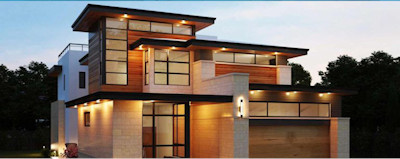 Like most cities in North America, COVID-19 has brought uncertainty to British Columbia’s housing market. Smart builders are using this disruption to their advantage, finding new ways to differentiate their homes by finding the ideal mix of value, quality, and comfort. Edward West Luxury Homes is a perfect example of this trend. This family-owned, custom home builder is based in Kelowna, BC. Just 90 miles from the United States border, the city sits on Okanagan Lake and offers homeowners world-class vineyards, great weather, beaches and even ski hills.
Like most cities in North America, COVID-19 has brought uncertainty to British Columbia’s housing market. Smart builders are using this disruption to their advantage, finding new ways to differentiate their homes by finding the ideal mix of value, quality, and comfort. Edward West Luxury Homes is a perfect example of this trend. This family-owned, custom home builder is based in Kelowna, BC. Just 90 miles from the United States border, the city sits on Okanagan Lake and offers homeowners world-class vineyards, great weather, beaches and even ski hills.
...
read more